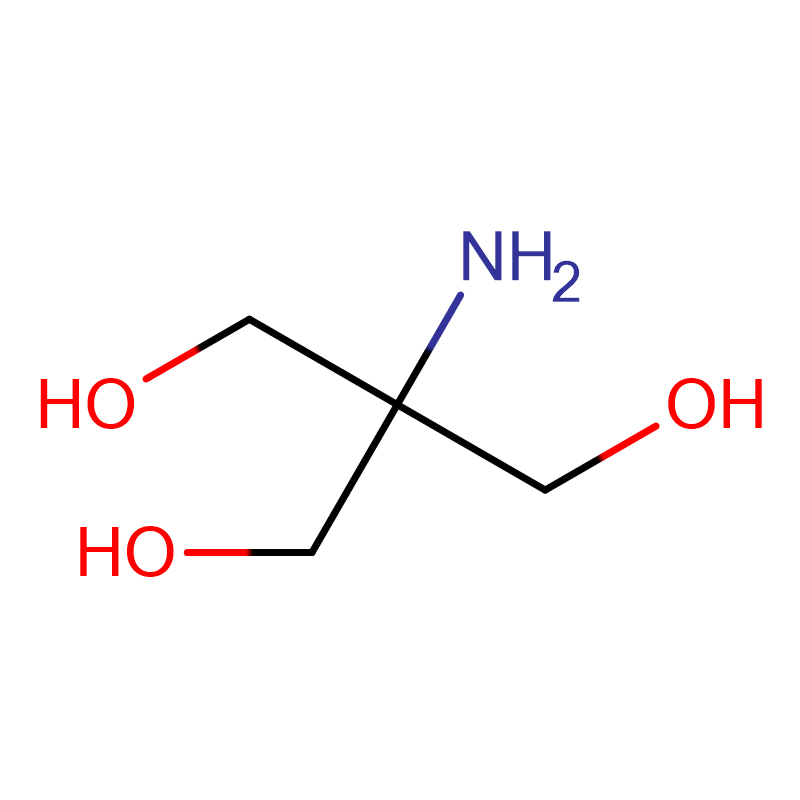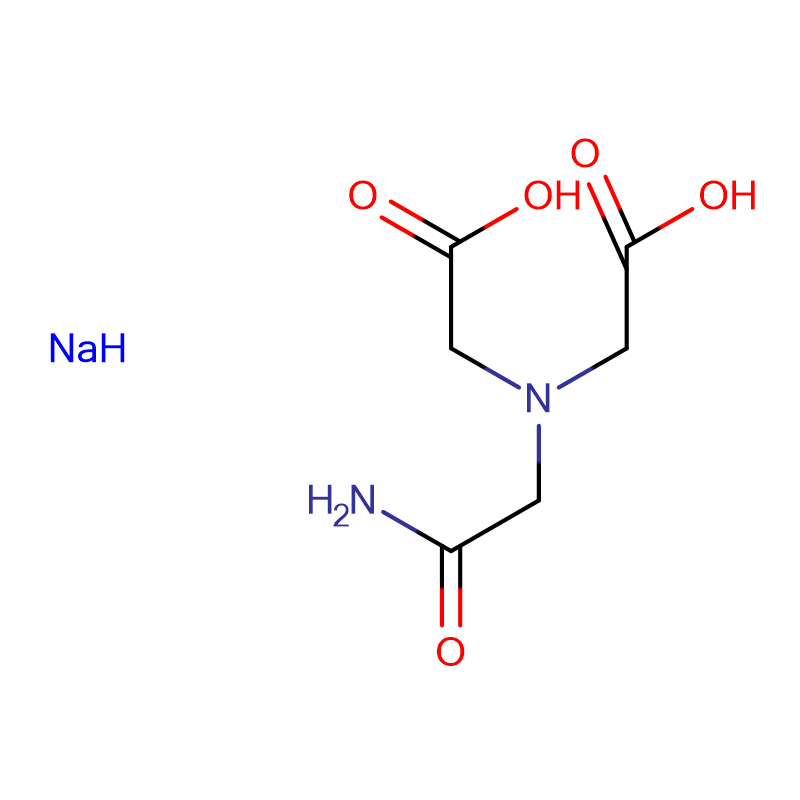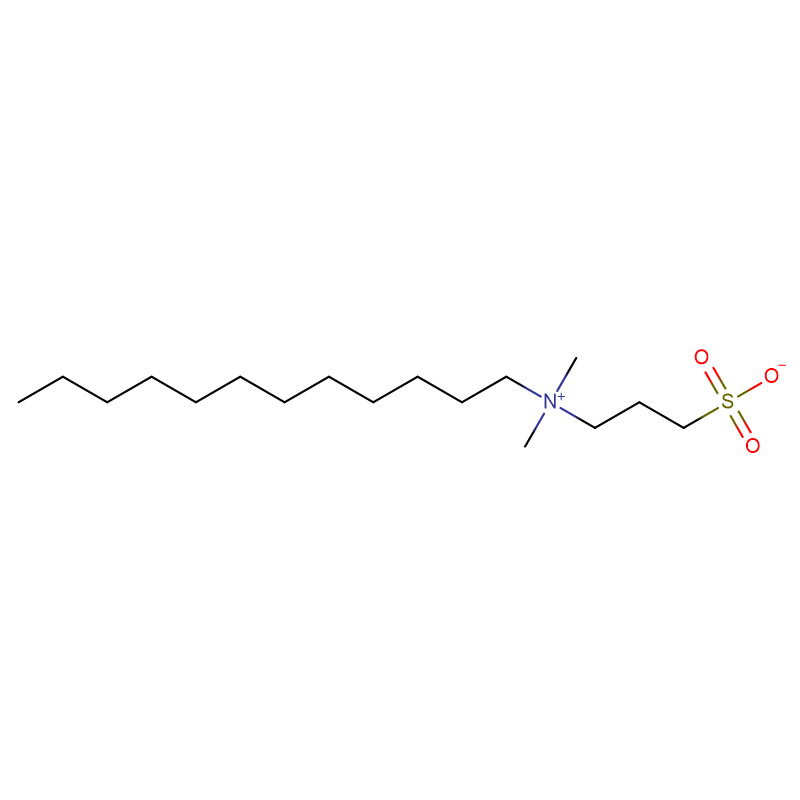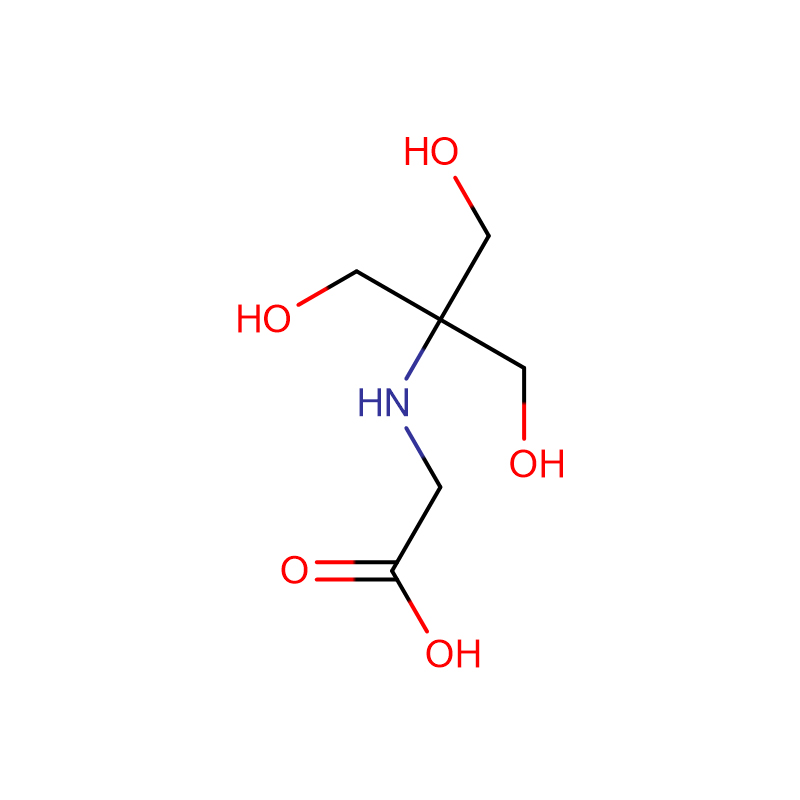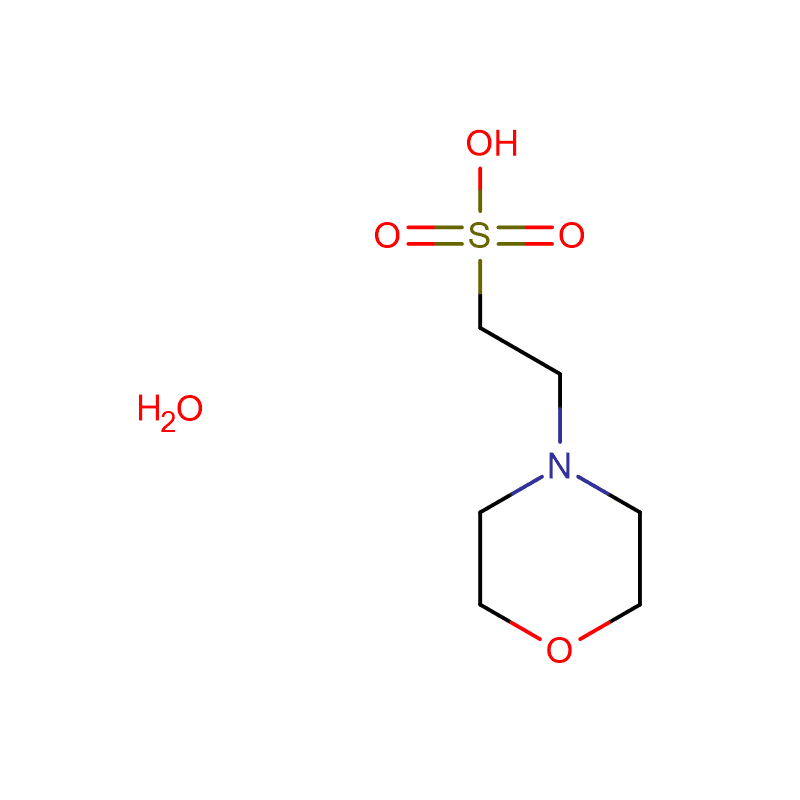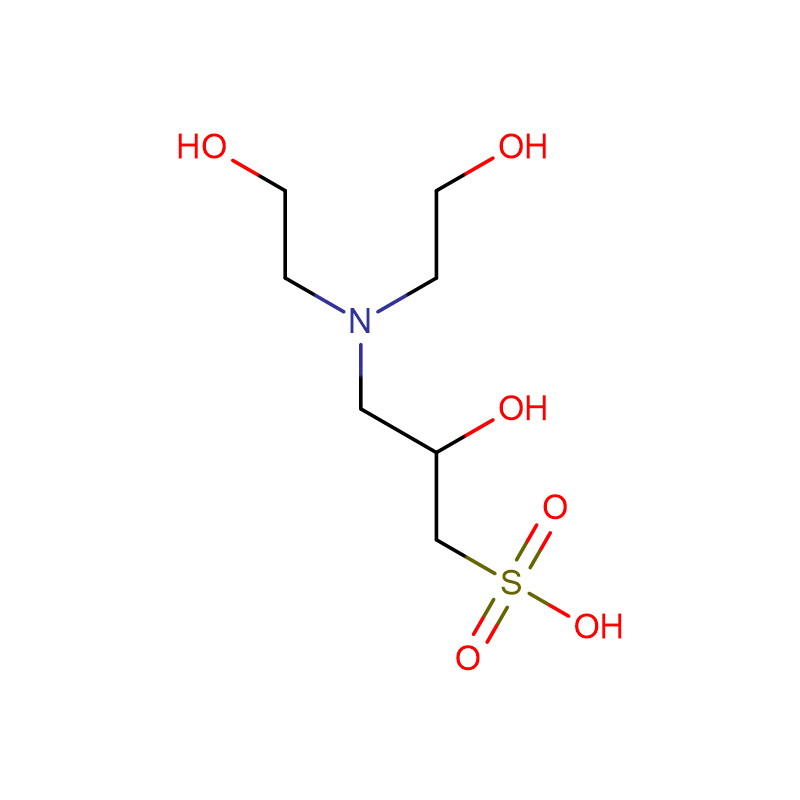MOPS Cas:1132-61-2 ≥ 99.5% White crystalline powder
| Catalog Number | XD90052 |
| Product Name | MOPS |
| CAS | 1132-61-2 |
| Molecular Formula | C7H15NO4S |
| Molecular Weight | 209.3 |
| Storage Details | Ambient |
| Harmonized Tariff Code | 29349990 |
Product Specification
| pH | 3.6 - 4.4 |
| Appearance | White crystalline powder |
| A260, 1M Water | ≤0.05 |
| A280, 1M Water | ≤0.03 |
| Assay (titration, dry basis) | ≥ 99.5% |
| Water content KF | ≤ 0.5% |
| Solubility 1M water | ≤5 ppm |
3-Morpholinepropanesulfonic acid is a biological buffer and is often used to prepare RNA electrophoresis buffers.
Storage conditions: 3-Morpholinepropanesulfonic acid is a sulfonic acid, and should be stored at room temperature, away from light and moisture. Biological activity: MOPS is commonly used as a buffer in biology. MOPS buffer maintains the pH of mammalian cell culture media.
Application: Biological buffer, used in biochemical diagnostic kits, DNA/RNA extraction kits and PCR diagnostic kits
Usage: Ingredients in Good's Buffer for Biological Research
MOPS and coxsackievirus B3 stability
Study of coxsackievirus B3 strain 28 (CVB3/28) stability using MOPS to improve buffering in the experimental medium revealed that MOPS (3-morpholinopropane-1-sulfonic acid) increased CVB3 stability and the effect was concentration dependent. Over the pH range 7.0-7.5, virus stability was affected by both pH and MOPS concentration. Computer-simulated molecular docking showed that MOPS can occupy the hydrophobic pocket in capsid protein VP1 where the sulfonic acid head group can form ionic and hydrogen bonds with Arg95 and Asn211 near the pocket opening. The effects of MOPS and hydrogen ion concentrations on the rate of virus decay were modeled by including corresponding parameters in a recent kinetic model. These results indicate that MOPS can directly associate with CVB3 and stabilize the virus, possibly by altering capsid conformational dynamics.



